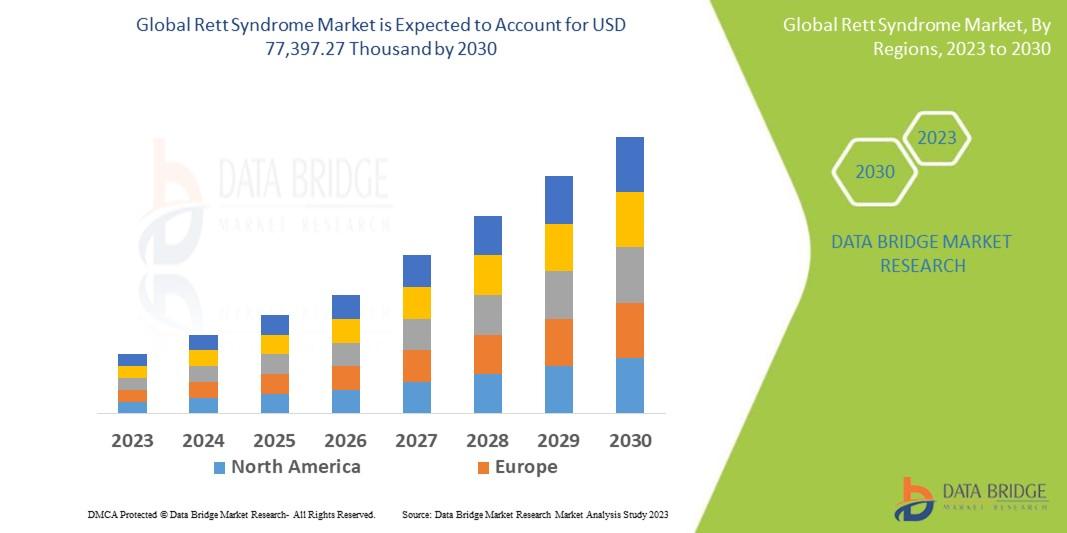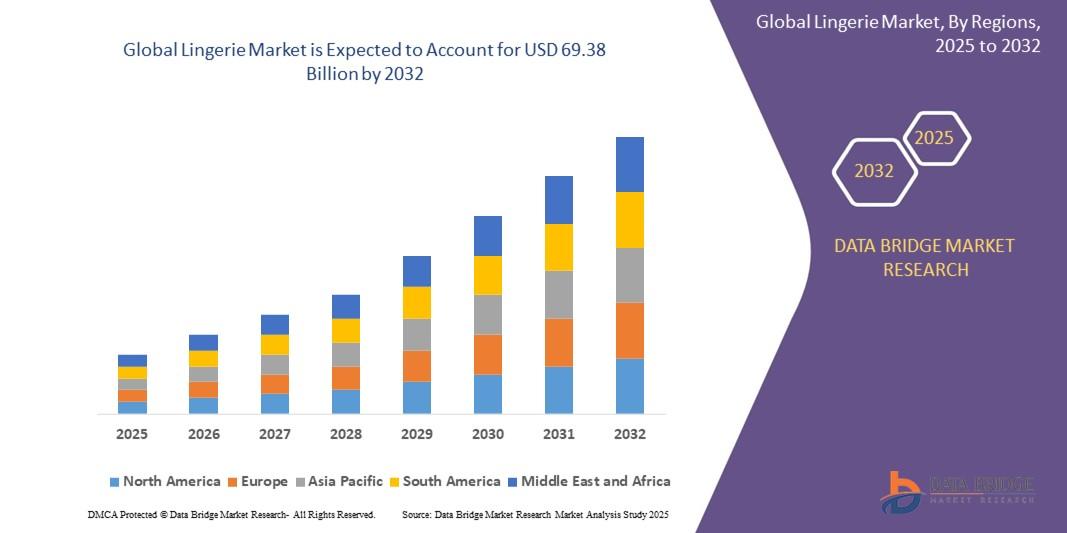Applications of Kaolin in Ceramics and Construction: Market Perspective
The global kaolin market is influenced not only by demand but also by the regional dynamics of supply, infrastructure, and industrial growth. Asia-Pacific, North America, and Europe remain key players, while emerging regions are steadily increasing their share, shaping the market’s future.
Asia-Pacific is the largest consumer of kaolin, thanks to its booming paper and ceramics industries. China, in particular, leads global production and consumption, driven by robust infrastructure development and industrialization. The region’s growing middle-class population has also fueled demand for personal care products, where kaolin’s inclusion in cosmetics has become more prevalent.
North America follows closely, with applications spanning paper coatings, plastics, and pharmaceuticals. The U.S. market, in particular, has seen an increase in demand for high-purity kaolin due to stringent product quality requirements. Additionally, companies are investing in advanced processing technologies and supply chain logistics to meet the growing demand for specialty applications.
Europe’s kaolin market is marked by sustainability trends and innovation-driven growth. With a focus on reducing carbon footprints, manufacturers are prioritizing eco-friendly mining methods and the development of kaolin-based alternatives to synthetic fillers. Germany, France, and the U.K. are actively promoting research initiatives aimed at improving product performance while adhering to environmental standards.
Latin America and Africa, though currently smaller contributors, are expected to grow due to investments in mining infrastructure and rising demand from sectors such as construction and agriculture. Countries like Brazil and South Africa are exploring new kaolin deposits, supported by favorable government policies and foreign investment.
The Middle East is also gradually becoming a viable market, especially for the ceramics and paint sectors. As urbanization accelerates in the Gulf Cooperation Council (GCC) countries, kaolin’s applications in construction materials are expanding.
However, regional challenges persist. Fluctuating raw material prices, trade restrictions, and geopolitical uncertainties can affect supply chains. Additionally, environmental concerns and regulatory hurdles pose challenges to expanding mining activities, particularly in ecologically sensitive regions.
Nonetheless, regional collaboration, government incentives, and infrastructure investments are helping mitigate these challenges. Public-private partnerships aimed at sustainable extraction, efficient transportation networks, and localized processing hubs are expected to strengthen market presence across regions.
In summary, regional dynamics play a decisive role in shaping the kaolin market’s present and future. With Asia-Pacific leading demand, Europe pushing sustainability, and emerging regions seeking industrial growth, the global kaolin landscape is set to diversify and expand in the coming years.




